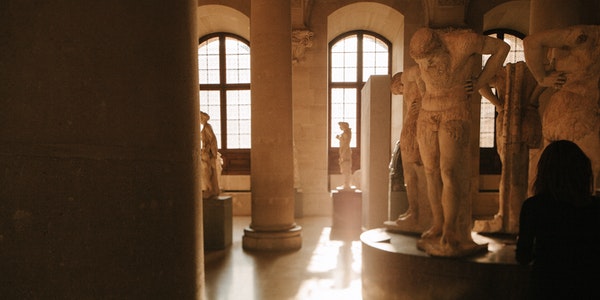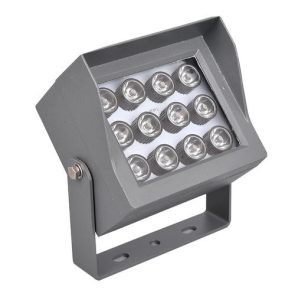What is beam angle?
The light emitted by the light source or lamp will not cover the entire space, because they all have a certain angle of light, that is, the range that the light of the light source or lamp can reach is limited. If three light bulbs with the same power but different beam angles are used to illuminate the same portrait, different effects will be shown.
In layman’s terms, the beam angle refers to the angle at which the light source or the lamp emits the beam, that is, the angle formed by the beam along the boundary of a certain intensity range. There are generally two ways to define this angle, that is, the angle formed by 50% or 10% of the central light intensity.
What is the relationship between beam angle and light spot?
The most intuitive manifestation of the beam angle on the illuminated surface is the spot and illuminance. If the same light source is used in reflectors with different angles, the larger the beam angle, the smaller the central light intensity, and the larger the spot, the smaller the illuminance. Conversely, the smaller the beam angle, the greater the central light intensity, the smaller the spot, and the greater the illuminance.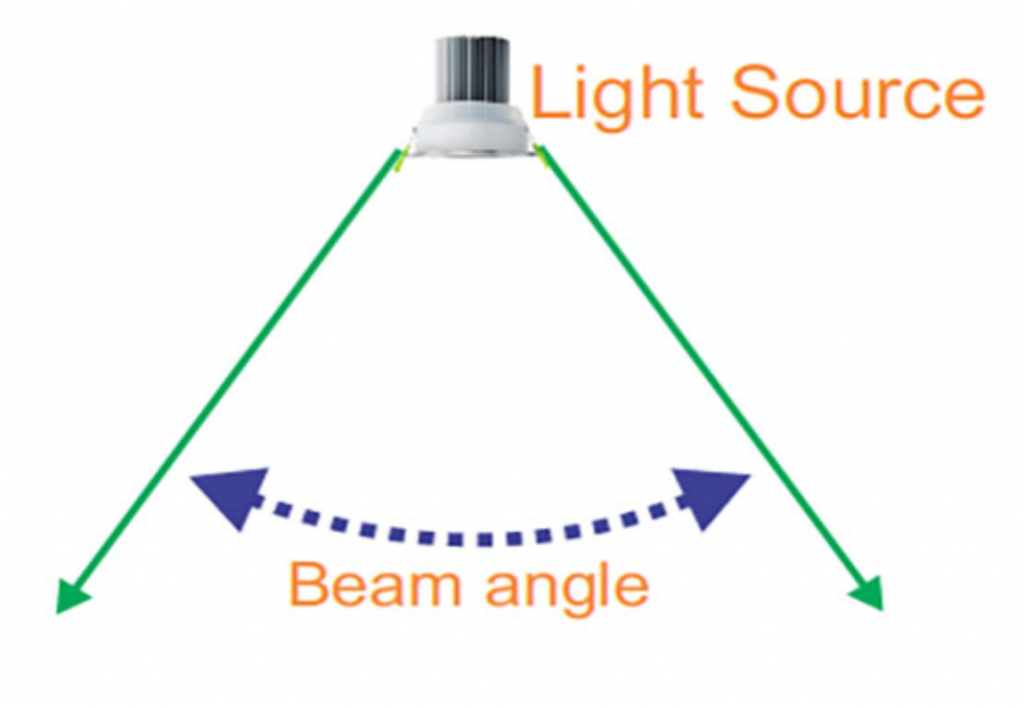
Furthermore, in practical applications, different beam angles have different applications.
If you want to focus on the illuminated object, and the lamp is far away from the illuminated object, you can choose a light with a smaller beam angle. But if it is an ordinary home lighting, you can choose a large-angle light source or lamps to achieve better lighting effects. Especially for replacing the light source, the recommendations are as follows:
- Illuminated by naked lights. In this kind of application scenario, if the light angle is too small, the ceiling cannot be illuminated, which is likely to produce a sense of space depression; a larger angle can make the space brighter and more comfortable.
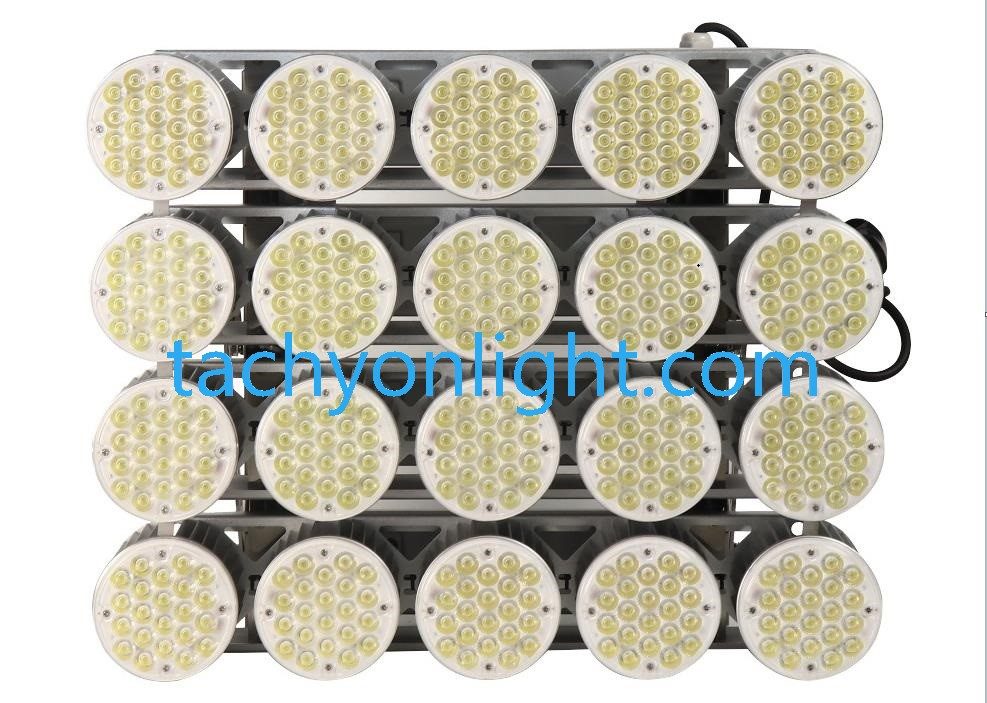
- The lamps are illuminated. Earlier, the original lamps and lanterns were all optically designed according to the light distribution of incandescent lamps, so that their luminous effects could reach the best. When replacing the light source, if you use an LED lamp with a light output angle that is significantly different from that of an incandescent lamp, the light output effect of the lamp will be greatly reduced. Generally, the light output angle of an incandescent lamp is 330 degrees, but it is difficult for the light output angle of most light sources on the market to reach 200 degrees.
Therefore, as a manufacturing company, Tachyon strictly requires itself in every link with high standards, and devotes all efforts to every process and every component to ensure the quality of each lamp and make consumers really use it well. Light.
How to Choose the Correct Beam Angle
Correct choice of beam angle for lighting design
The correct choice of beam angle is also very important for lighting design. For some small ornaments, you use a large angle to illuminate it, the light spreads evenly, and there is no focus. The desk is relatively large, and you use a small angle lamp to light it. Fresh fruit that is concentrated, but uneven, with dark spots. It is not conducive to reading and work. The position of the light is also very particular.
The normal visual range of a person is 30° upwards and 60° downwards. The light is in this range, it will cause glare. When the light is not in this range, it will not cause glare. It is called the shading angle, so when the shading angle is greater than 30 °, it will not cause glare. The following will explain the entrance with a specific example, which position and beam angle is more suitable for the entrance.
Assuming numerical values, the entrance of a rectangular parallelepiped space with a ceiling height of 3m, a width of 2m and a length of 4m, the visual height of a person is 1.8m, which is also set as the visual height. Generally speaking, for the beautiful ceiling, the position of the lamp is generally arranged in the center of the space.
The shading angle is A, the angle B, the angle C, the center is O, the height is 3m, the width is 2m, and the apparent height is 1.8m. The formed spot radius is 40cm and the angle of 15° is suitable? Take a look at their relationship.
From the parallel relationship, A=B, because C+B=90°, so C+A=90°, set the height as H, the apparent height h, and the sight distance as l, so TanA=Hh/l, because of the shading angle A>30°, so, 30°<A<90°. According to A+C=90°, as the shading angle increases, the beam angle also decreases. When people walk in from the outside, they won’t feel To glare, but due to the small spot formed, it is not very suitable.
The shading angle is A, the angle B, the angle C, the center is O, the height is 3m, the width is 2m, the apparent height is 1.8m, the formed spot radius is 60cm, and the angle of 15° is suitable? Take a look at their relationship:
From the parallel relationship, A=B, because C+B=90°, so C+A=90°, set the height as H, the apparent height h, and the sight distance as l, so TanA=Hh/l, because of the shading angle A>30°, so, 30°<A<90°. According to A+C=90°, as the shading angle increases, the beam angle also decreases. When a person walks in from the outside, it is close to point O When there is no glare, the formed spot is larger than the 15° spot, so it is more suitable.
Look at the beam angle of 36°, the shading angle is A, angle B, angle C, center is O, height 3m, width 2m, apparent height 1.8m, the formed spot radius is 95cm, and the angle of 15° is suitable? Look at their relationship, which is derived from the parallel relationship, A=B, because C+B=90°, so C+A=90°, set the height as H, the apparent height h, and the apparent distance as l, so TanA=Hh/ l, because the shading angle A>30°, so 30°<A<90°. According to A+C=90°, as the shading angle increases, the beam angle also decreases. When people walk in from the outside When it is close to O point, no glare will be felt. The resulting spot is larger than 15° and 24° spots. At the same time, the larger the angle, the light will appear soft and uniform, so it is more suitable.
Beam Angle and Key Lighting of LED Lamps
Light cup and lamps with different angles are often used for key lighting. The following focuses on the difference of lighting effect with different beam angles.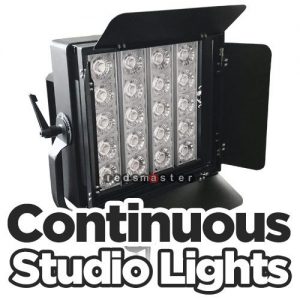
The angle of lamp cup is generally 10 °, 24 ° and 38 °. The figure shows the effect of three lamp cups with the same power but different beam angles on the wall, and the light distribution curve diagram of the three beam angles.
We can see that the illumination range of the lamp cup with 10 ° angle is very small, while the central light intensity is the largest, which can form a strong contrast on the irradiation surface, the lamp cup with 38 ° angle has a large irradiation range , but its central light intensity is the smallest, and the spot formed on the illuminating surface is relatively gentle, the 24 ° angle is an effect between 10 ° and 38 °.
That is to say, the larger the beam angle of the lamp cup with the same power, the smaller the central light intensity, the softer the spot and the phase. The smaller the reflective beam angle is, the greater the central light intensity is, and the harder the spot is.
We know the effect of different beam angle. In practical application, different beam angle has their own use. In the figure, in order to simulate the effect of three different beam angles on the three-dimensional exhibits, we use the plaster statue to simulate , and produce different effects on the three beams of the plaster image. The 10 ° angle has a strong visual impact with its strong light and dark contrast, which can catch people’s eyes at the first time.
However, we found that under the strong light and dark contrast, we can not see the details of the plaster statue, and because the light beam angle is too small, the statue is not fully displayed in front of us. The light beam angle of 24 ° is better than that of 10 ° beam angle, which can show the texture of plaster and the expression of figures and statues, and has better visual impact among the three. The 38 ° beam angle makes the statue softer and more delicate, and you can easily observe the details of the statue, but due to the large beam angle, the background wall and the statues are mixed together, so it is difficult to attract people’s attention when they are put together at 10 ° and 24 ° beam angles.

